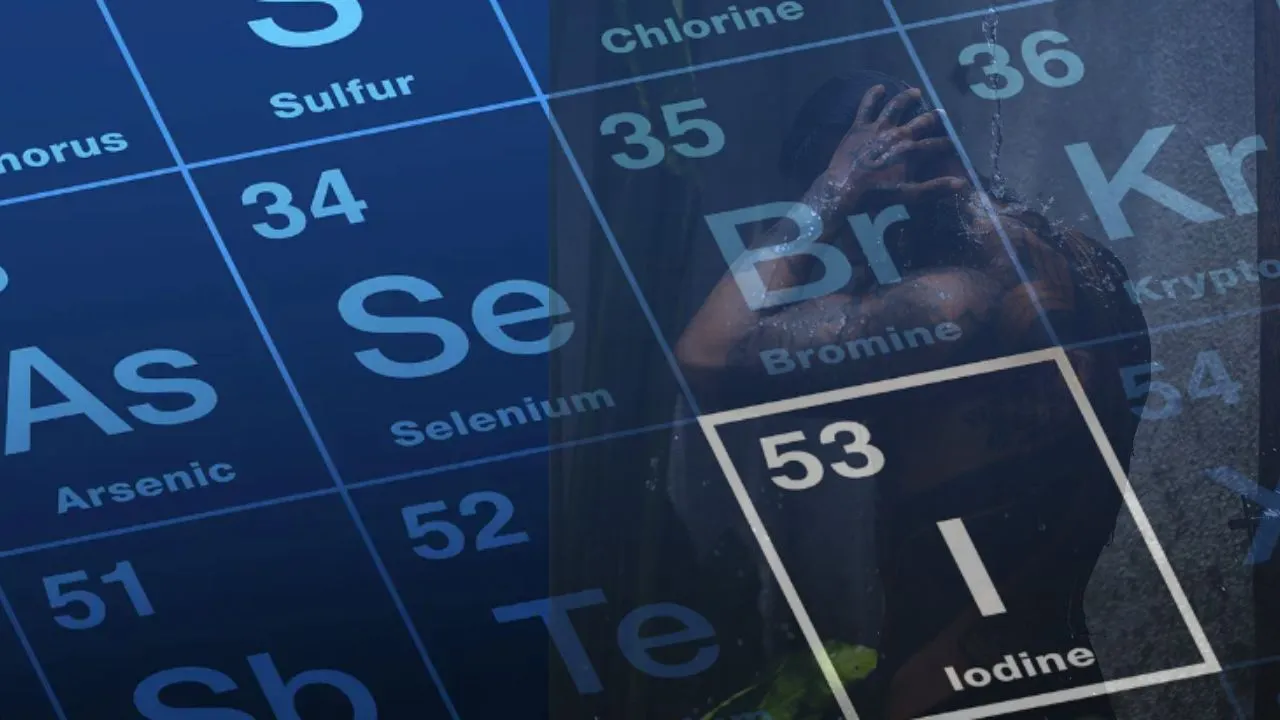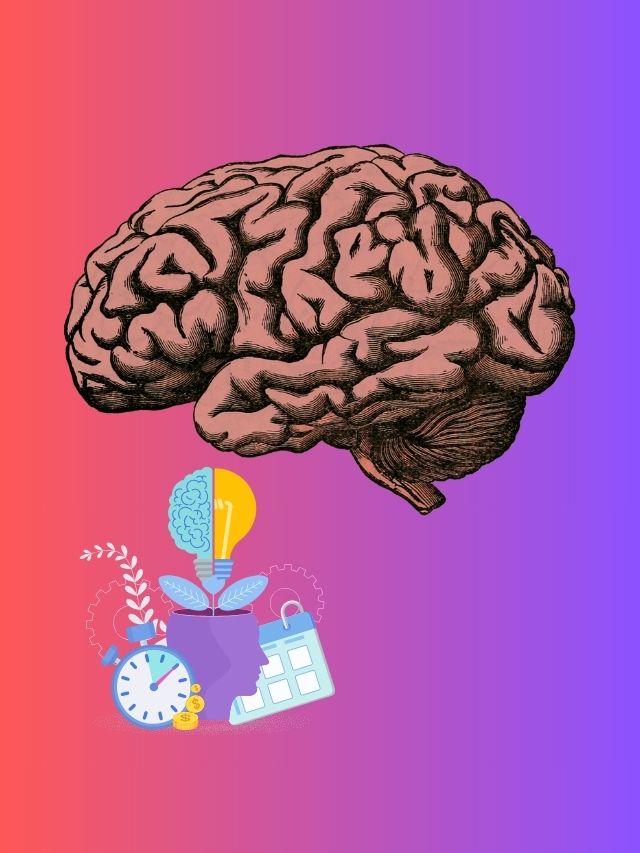In a recent cross-sectional study involving nearly 3,000 U.S. men, researchers from the University of L’Aquila in Italy discovered a surprising association between lower urinary iodine concentrations and higher testosterone levels. The findings, detailed in a research letter published in JAMA Network Open, challenge the traditional perception of iodine as a harmless and beneficial element.
The study, led by Dr. Arcangelo Barbonetti, considered various factors, including metabolic variables like BMI, blood pressure, glucose, triglycerides, HDL cholesterol, creatinine, and demographic factors. The results revealed that men with lower urinary iodine concentrations (under 100 μg/L) exhibited significantly higher total testosterone levels compared to those with normal or high iodine levels (β -0.028, 95% CI -0.049 to -0.006, P=0.01).
Notably, the study categorized iodine concentrations as low (under 100 μg/L), normal (100-299 μg/L), and high (300 μg/L or over). Men in the lowest iodine category had median total testosterone levels of 446.70 ng/dL, while those in the normal and high categories had testosterone levels of 398.68 ng/dL and 398.50 ng/dL, respectively. The same trend was observed for calculated free testosterone levels.
The unexpected link between lower iodine levels and higher testosterone challenges conventional wisdom, as iodine has long been considered harmless and beneficial. Dr. Barbonetti expressed surprise at the findings, stating that they suggest excess iodine may have potential health risks, particularly related to testosterone and male reproductive health.
The researchers speculated on a potential mechanism, citing preclinical animal models where rats fed a high-iodine diet accumulated iodine in the testis, triggering oxidative stress that inhibited activity and led to lower testosterone levels. While acknowledging the need for further research, Dr. Barbonetti suggested that excess iodine might not be as benign as once thought and could be associated with extra-thyroid disorders, including androgen deficiency.
It was observed that men in the low iodine category also had the lowest levels of thyroid dysfunction compared to those with normal and high iodine levels. Although the differences were not statistically significant, the researchers highlighted the need for caution, especially in countries with iodine sufficiency, where medical therapies or diagnostic procedures involving iodine should be approached cautiously, particularly in the presence of comorbidities that may promote male hypogonadism.
Dr. Barbonetti concluded by urging regulatory agencies to reconsider the mode and extent of iodine prophylaxis, emphasizing that iodine sufficiency is now achieved in most countries, making it crucial to be aware of the potential risks associated with excessive iodine exposure in certain geographical areas.
More from Wisdom Imbibe:






